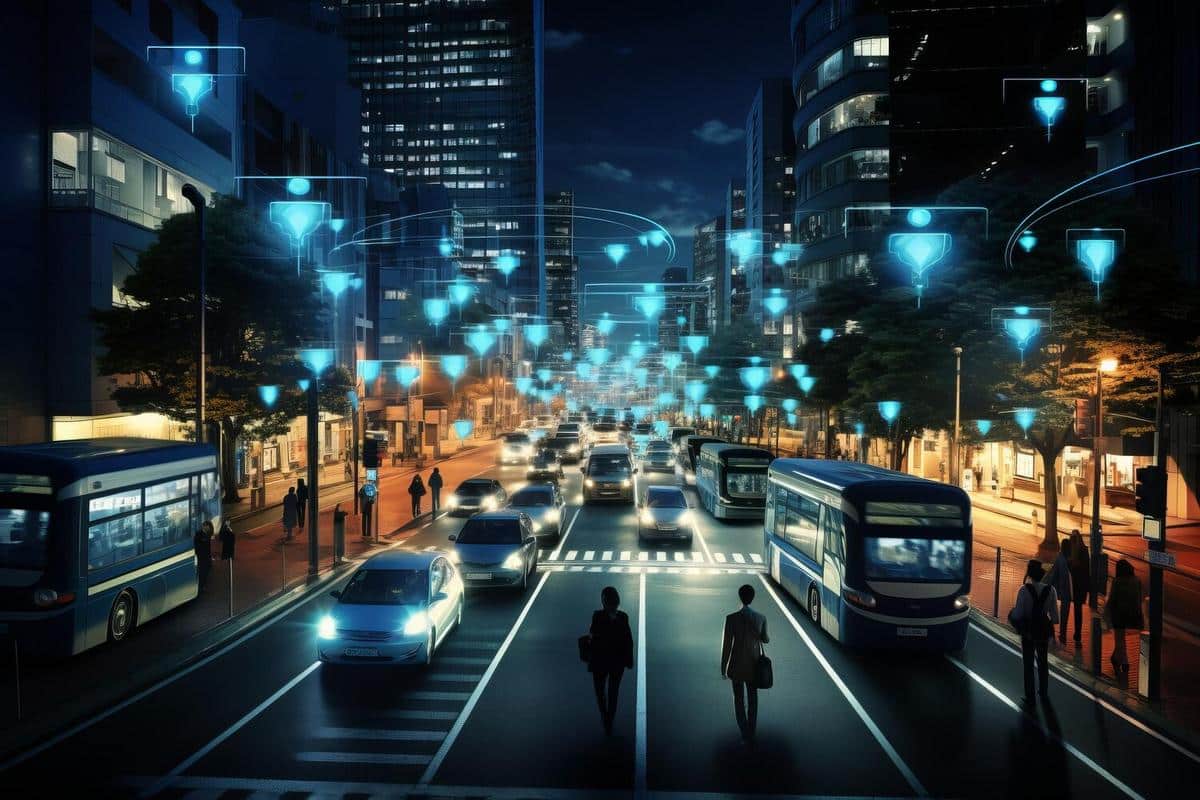
Challenges Facing the Development of Driverless Cars
The development of driverless cars promises to revolutionize the way we travel, offering a glimpse into a future where human error is minimized, and efficiency is maximized. However, the journey toward fully autonomous vehicles is fraught with complex challenges that need careful consideration.
Autonomous driving technology is a rapidly advancing field, yet it faces several hurdles that require innovative solutions. From technical difficulties to ethical considerations, developing driverless cars is a multifaceted challenge.
Technical Challenges
One of the primary obstacles in autonomous vehicle development is ensuring the technology can safely navigate the complexities of real-world driving. According to a report by McKinsey & Company, achieving Level 5 autonomy, where the car is entirely self-driving under any conditions, remains a distant goal. The integration of advanced sensors, cameras, and artificial intelligence is crucial, but these systems must work seamlessly together to interpret and respond to unpredictable environments.
Regulatory and Legal Hurdles
Another significant barrier is the lack of comprehensive regulatory frameworks. Governments worldwide are grappling with how to legislate and regulate driverless cars. In the U.S., for instance, regulations vary significantly from state to state, creating a patchwork of laws that can be challenging for manufacturers to navigate. The European Union is also working towards standardized regulations, but progress is slow.
Public Perception and Trust
Public trust is a critical factor in the adoption of autonomous vehicles. A study by the American Automobile Association found that 71% of Americans are afraid of riding in fully self-driving cars. Building consumer confidence requires transparency about safety measures and rigorous testing to demonstrate reliability.
Ethical Considerations
Driverless cars must also contend with ethical dilemmas, such as decision-making in life-and-death situations. These moral questions pose significant challenges in programming AI to make ‘ethical’ decisions. As noted by the Institute of Electrical and Electronics Engineers, creating algorithms that can handle ethical considerations is a complex task that requires input from diverse stakeholders.
Infrastructure Requirements
The existing infrastructure is not yet optimized for autonomous vehicles. Roads, traffic signals, and other elements need to be adapted to support the widespread use of driverless cars. The development of smart cities, with integrated technologies, is essential for the success of autonomous vehicles.
Cost and Commercial Viability
The cost of developing and implementing autonomous technology is another hurdle. High development costs can translate to expensive consumer prices, limiting accessibility. However, as technology advances and becomes more widespread, costs are expected to decrease, making driverless cars more commercially viable.
| Challenge | Details |
|---|---|
| Technical | Advanced sensor integration |
| Regulatory | Inconsistent laws |
| Public Trust | Consumer confidence building |
| Ethical | Decision-making dilemmas |
| Infrastructure | Need for smart cities |
| Cost | High development expenses |
| Safety | Ensuring reliable systems |
| Data Privacy | Protecting user information |
Frequently Asked Questions
What level of autonomy are most driverless cars currently at?
Most driverless cars are currently at Level 2 or 3 autonomy, where human intervention is still required.
How can public trust in autonomous vehicles be improved?
Public trust can be improved through transparent testing results, safety demonstrations, and education on the benefits of driverless cars.
In conclusion, while the path to fully autonomous vehicles is challenging, it is not insurmountable. By addressing technical, regulatory, and public perception challenges, the industry can pave the way for a safer and more efficient future of transportation.


